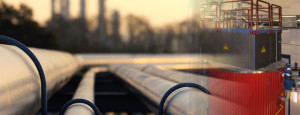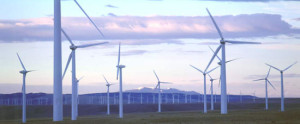Energy Solutions
 Solar thermal systems
Solar thermal systems
Our high performance flat plate solar collectors are designed for all climates.
Robust and hard-wearing, they are tested and guaranteed under the extreme conditions.
Providing flexibility in installation, these panels can be installed on a flat roof, pitched roof or can be roof integrated depending on your requirements.
This solution can be used for all type of projects and applications.
Photovoltaic systems
We create and deliver solar energy solutions to the commercial, industrial and public sectors for new build, refurbishment projects and existing buildings. With our leading expertise, we can provide you with an integrated PV package, from the design & consultation stage right through to installation and performance monitoring.
 Heat
Heat
K.E offers solar water heating systems using three types of heat exchangers:
- Liquid-to-liquid
- Air-to-liquid
A liquid-to-liquid heat exchanger using a heat-transfer fluid that circulates through the solar collector, absorbs heat, and then flows through a heat exchanger to transfer its heat to water in a storage tank. Heat-transfer fluids, such as antifreeze, protect the solar collector from freezing in cold weather. Liquid-to-liquid heat exchangers have either one or two barriers (single wall or double wall) between the heat-transfer fluid and the domestic water supply. Double walls are often required as a safety measure in case of leaks, helping ensure that the antifreeze does not mix with the potable water supply .While double-wall heat exchangers increase safety, they are less efficient because heat must transfer through two surfaces rather than one. To transfer the same amount of heat, a double-wall heat exchanger must be larger than a single-wall exchanger.
Solar heating systems with air heater collectors usually do not need a heat exchanger between the solar collector and the air distribution system. Those systems with air heater collectors that heat water use air-to-liquid heat exchangers, which are similar to liquid-to-air heat exchangers.
K.E offers solar water heating systems using several designs, here are some common ones:
- Coil-in-tank
- Shell-and-tube
- Tube-in-tube
The heat exchanger is a coil of tubing in the storage tank. It can be a single tube (single-wall heat exchanger) or the thickness of two tubes (double-wall heat exchanger).
The heat exchanger is separate from (external to) the storage tank. It has two separate fluid loops inside a case or shell. The fluids flow in opposite directions to each other through the heat exchanger, maximizing heat transfer.
In this very efficient design, the tubes of water and the heat-transfer fluid are in direct thermal contact with each other. The water and the heat-transfer fluid flow in opposite directions to each other. This type of heat exchanger has two loops similar to those described in the shell-and-tube heat exchanger.
For the installation, K.E always follows the manufacturer’s recommendations in order to have the best performance.
 Wind
Wind
Worldwide, wind power is the fastest growing segment of the energy market. Wind power uses the force of the wind to drive a turbine that produces electricity. The wind turbine is connected to the electric grid feeding excess energy back to the electric company. Wind power provides a clean source of energy that reduces greenhouse gas emissions generated by traditional energy power plants, protects natural areas from mining and oil drilling, reduces water pollution and does not disturb farming or forestry operations. Wind power feasibility has dramatically increased in recent years because in addition to providing clean renewable energy, residential, commercial and municipal K.E proves that wind power as a viable financial asset, and provides wind power feasibility studies and other services. These services include:
- Feasibility studies
- Grant proposals
- Regulatory permit acquisition
- Site planning and design
- Technology discovery
- Fatal flaw analysis
- Government incentives
- Financing opportunities
- Construction services
